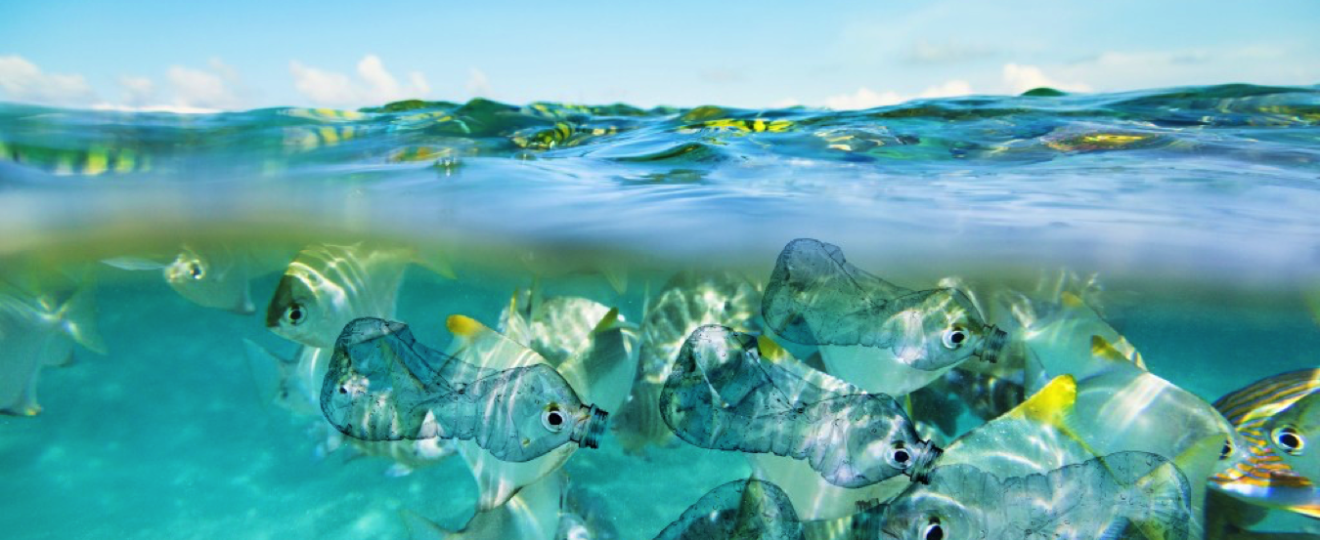Day 1
Day 1
We arrived very early in the morning to check the temperature and the oxygen in each mesocosm and to sample enough water for the analysis of the CO2… We’ll send the bottle to Germany, to the GEOMAR in Kiel, for the analysis!

Eleni- after nutrients analysis
After the sampling for the nutrient analysis by Eleni and Hionati , we started with the sampling of the sea surface microlayer again, but after the first time everything seems definitely easier, and even funny! We tried to sample fast, because the weather didn’t help us… it sounds impossible for Greek people in Crete to see rain in May, but after our sampling a storm started! However, we did it! And it already seems that the glass plates of the mesocosms treated with microplastics have more sticky substances, because we collect them easier…we’ll see! For the bulk water sampling was easier. We collected 5 litres as usual with a tube for chlorpphyll, POC (particulate organic carbon), and for microplastics abundance and metals. In the evening Arturo has arrived from Edinburgh to help us with the sampling! Welcome Arturo, definitely a hand is needed!


